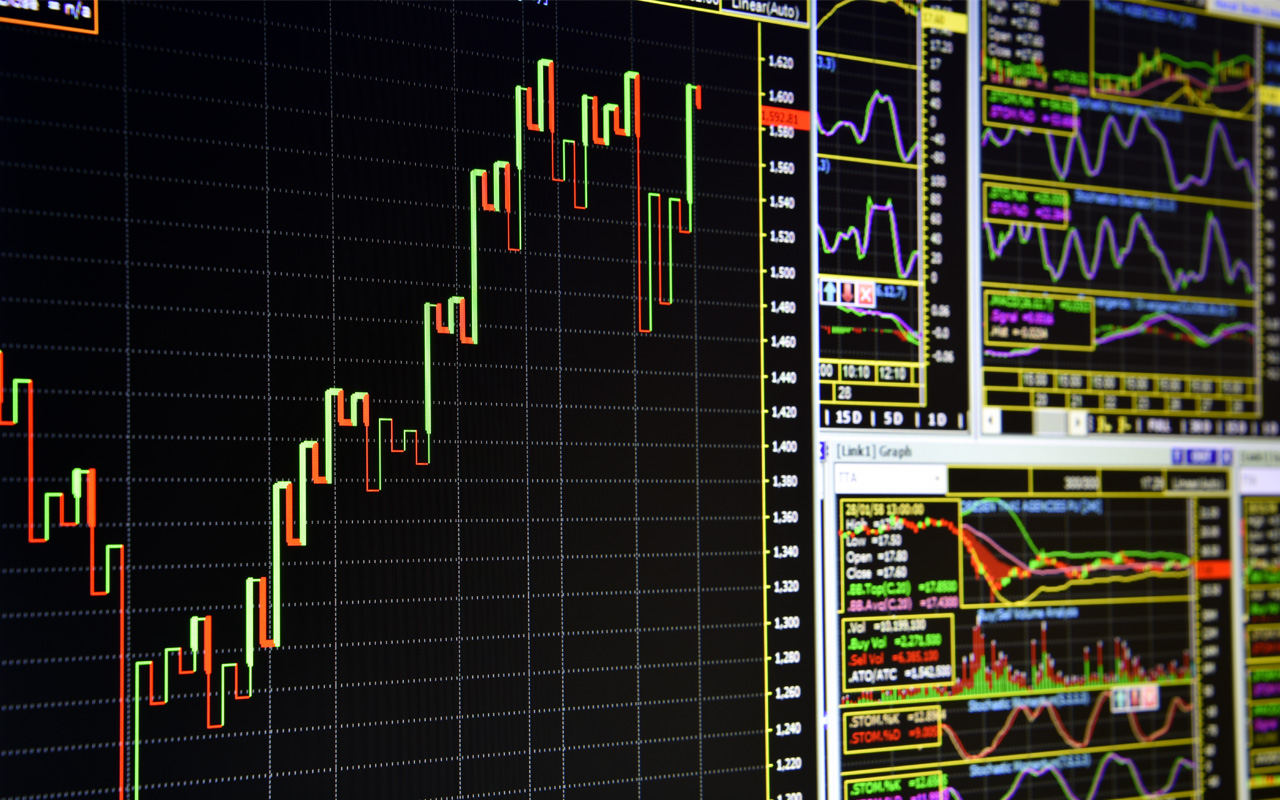An asset class is a group of financial instruments that have similar financial characteristics and behave similarly in the marketplace. We can often break these instruments into those having to do with real assets and those having to do with financial assets. Many investment funds are composed of the two main asset classes, both of which are securities: equities (stocks) and fixed income (bonds).
In addition to stocks and bonds, we can add cash, foreign currencies, real estate, infrastructure, and commodities as well as cryptocurrencies to the list of commonly held asset classes.[1] In general, an asset class is expected to exhibit different risk and return investment characteristics and to perform differently in certain market environments.[2][3]
Types
Equities
• Represent shares of ownership in publicly held companies
• Historically have outperformed other investments over long periods
• Most volatile in the short term
• Returns and principal will fluctuate so that accumulations may be worth more or less than original cost
Fixed Income
• Fixed income, or bond investments, generally pay a set rate of interest over a given period, then return the investor’s principal.
• Set rate of interest
• More stability than stocks
• Value fluctuates due to current interest and inflation rates
• includes “guaranteed” or “risk-free” assets
• Also includes money market funds
Cash
• Currency or medium of exchange
• Liquidity
• Ability to buy anything
Foreign Currencies
• Currency or medium of foreign exchange
• It includes all aspects of buying and selling and exchanging currencies at current or determined prices
Real Estate
• Buildings (houses, terrain lots, etc.) or investment property, plus shares of funds that invest in commercial real estate.
• Helps protect future purchasing power as property values and rental income run parallel to inflation
• Values tend to rise and fall more slowly than stock and bond prices. It is important to keep in mind that the real estate sector is subject to various risks, including fluctuation in underlying property values, expenses and income, and potential environmental liabilities.
Infrastructure
• Broad category including highways, airports, rail networks, energy generation (utilities), energy storage and distribution (gas mains, pipelines etc.)
• Provides a longer duration (facilitating cash flow matching with long-term liabilities), protection against inflation, and statistical diversification (low correlation with ‘traditional’ listed assets such as equity and fixed income investments), thus reducing overall portfolio volatility.[4][5]
Commodities
• Physical goods such as gold, copper, crude oil, natural gas, wheat, corn, and even electricity
• Helps protect future purchasing power as values have fixed utility and thus run parallel to inflation
• Values tend to exhibit low correlations with stock and bond prices.
• Price dynamics are also unique: commodities become more volatile as prices rise.
Cryptocurrency
• Decentralized [6]
• Accessibility; mineable and tradable[7]
• Risk-on asset;[8] lacks regulation
• Highly volatile[9]
• Liquidity varies, majority are lower
• Supply varies, some are finite thus deflationary
At Ironcrest Capital Management, we strive to make sure that everyone we work with has a strong understanding of their investments. Having a good approach and focus on the most important factors before investing is key. Our goal is to help you make the right decisions. If your current investing approach isn’t working, reach out to us so we can help.







